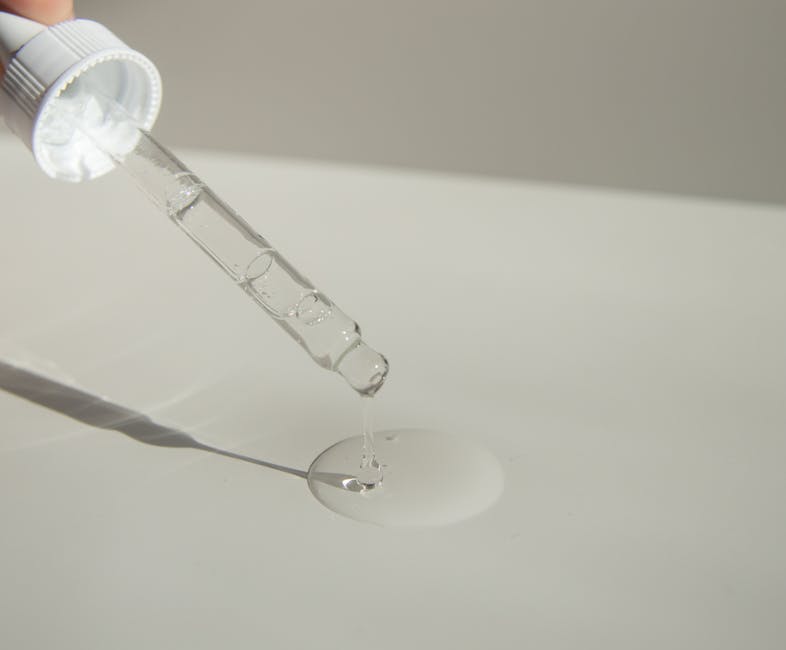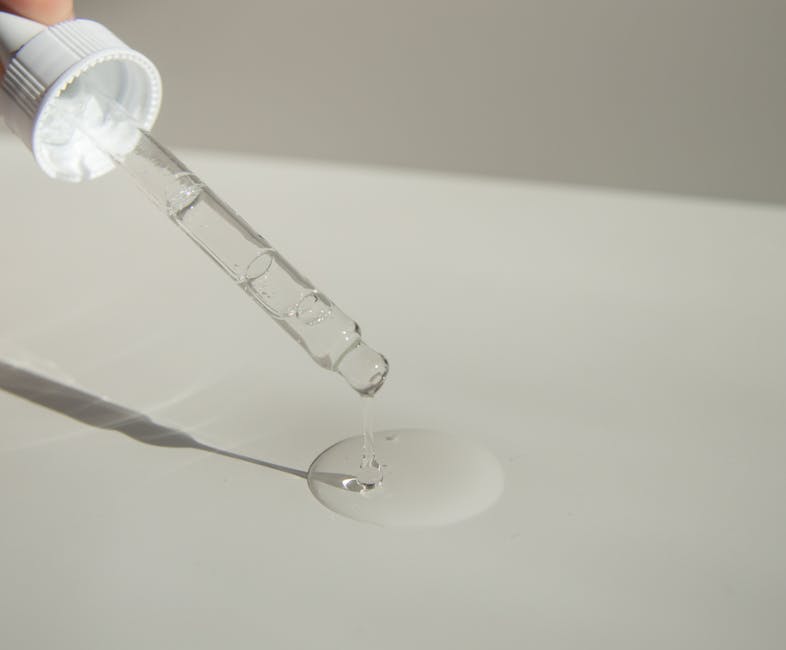Our Blog
From Symptoms to Solutions: A Closer Look at Neonatal Cholestasis and Choledochal Cysts
May 18, 2024
Understanding neonatal cholestasis
Neonatal cholestasis usually presents within the first three months of a baby’s life and is characterized by yellowing of the skin and eyes. It occurs when bile flow from the liver is blocked, leading to a buildup of bile in the liver. Common causes include biliary atresia, infections, and metabolic disorders. Prompt diagnosis and treatment are crucial to prevent complications like liver damage. If your baby shows signs of jaundice that last longer than two weeks, pale stools, or dark urine, it is essential to seek medical attention.
Causes and symptoms of neonatal cholestasis
Neonatal cholestasis occurs when a baby’s liver is unable to properly process bile, leading to a buildup of bile in the liver. Some common causes of neonatal cholestasis include biliary atresia, infections, metabolic disorders, and genetic conditions. Symptoms of neonatal cholestasis can include jaundice, dark urine, pale stools, and poor weight gain. If left untreated, neonatal cholestasis can lead to serious complications.
Diagnosis and detection methods
To diagnose neonatal cholestasis and choledochal cysts, doctors may perform different tests such as blood tests, imaging scans like ultrasounds or MRIs, and a liver biopsy. Blood tests can show abnormal liver function, while imaging scans help visualize the liver and bile ducts. Liver biopsies involve taking a small sample of liver tissue to examine it under a microscope for any abnormalities. These diagnostic methods are crucial in identifying and understanding the conditions for appropriate treatment.
Complications associated with neonatal cholestasis
Neonatal cholestasis can lead to serious complications if not promptly addressed. Untreated cholestasis can cause liver damage, malnutrition, and hinder a baby’s growth and development. In some cases, it can also result in life-threatening complications such as liver failure or cirrhosis. It is crucial to seek medical attention if you notice any symptoms of cholestasis in your newborn to prevent these complications.
Treatment options for neonatal cholestasis
Treatment options for neonatal cholestasis usually involve addressing the underlying cause of the condition. Here are some common approaches: medication to improve liver function, dietary changes to support liver health, and in severe cases, surgical procedures may be necessary. It’s important to consult with a pediatric specialist to determine the best course of action for your baby’s specific condition.
Surgical procedures for choledochal cysts
Surgical procedures are the main treatment for choledochal cysts. The most common surgical approaches include complete cyst excision with biliary reconstruction. This procedure aims to remove the entire cyst and reconstruct the bile ducts to ensure proper drainage. Another option is the hepaticoduodenostomy, where the surgeon connects the bile duct to the small intestine to bypass the cyst. Liver transplantation may be necessary in severe cases to replace the diseased liver with a healthy one. The choice of surgery depends on the patient’s condition and the type of cyst.
Recovery and post-surgery care
After surgery for choledochal cysts, the recovery time in the hospital can range from a few days to a week. You will have follow-up appointments with your healthcare provider to monitor your progress and ensure proper healing. During the recovery period, it is important to follow your healthcare provider’s instructions carefully to prevent complications. Avoid lifting heavy objects, and take prescribed medications as directed. Your healthcare provider will provide guidance on when you can resume normal activities. It’s crucial to be patient with the healing process and allow your body the time it needs to recover fully.
Long-term outlook and management
Long-term outlook for neonatal cholestasis and choledochal cysts largely depends on early detection and appropriate medical care. Surgeries like hepatoportoenterostomy can effectively treat choledochal cysts, providing a good chance for recovery. Regular monitoring by a healthcare provider is crucial to track the condition’s progress and ensure timely interventions if needed. Lifelong follow-up care is recommended to manage any potential complications and maintain overall health.
Research advancements and future prospects
Research in neonatal cholestasis and choledochal cysts is ongoing, with continual strides made in understanding these conditions. Promising advancements include improved diagnostic tools that aid in early identification of neonatal cholestasis and choledochal cysts. Surgical techniques have also seen enhancements, leading to more successful outcomes for patients. Future prospects look bright, as researchers explore innovative treatments and interventions to further improve the management of these conditions.
Summary: Neonatal cholestasis and choledochal cysts – a comprehensive overview
Neonatal cholestasis and choledochal cysts are conditions that affect infants’ liver and bile ducts. Cholestasis is when bile flow from the liver is blocked or reduced, leading to jaundice. Choledochal cysts are structural abnormalities in the bile ducts. These conditions require prompt diagnosis and treatment to prevent complications. Symptoms of neonatal cholestasis and choledochal cysts include jaundice, dark urine, pale stools, and poor weight gain. Diagnosis involves blood tests, imaging studies, and possibly a liver biopsy. Treatment may include medications, procedures to improve bile flow, or surgery to remove the affected ducts. Early intervention is crucial for the best outcomes in infants with these conditions.
